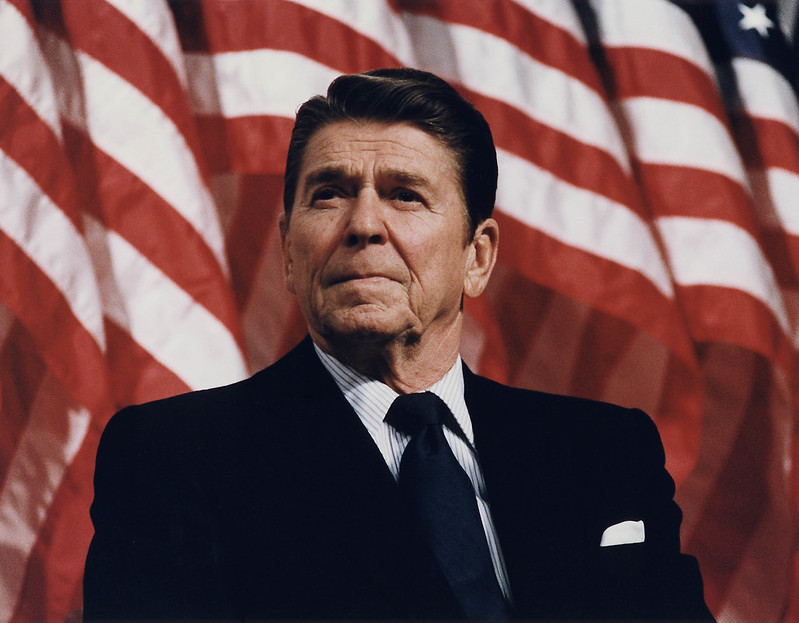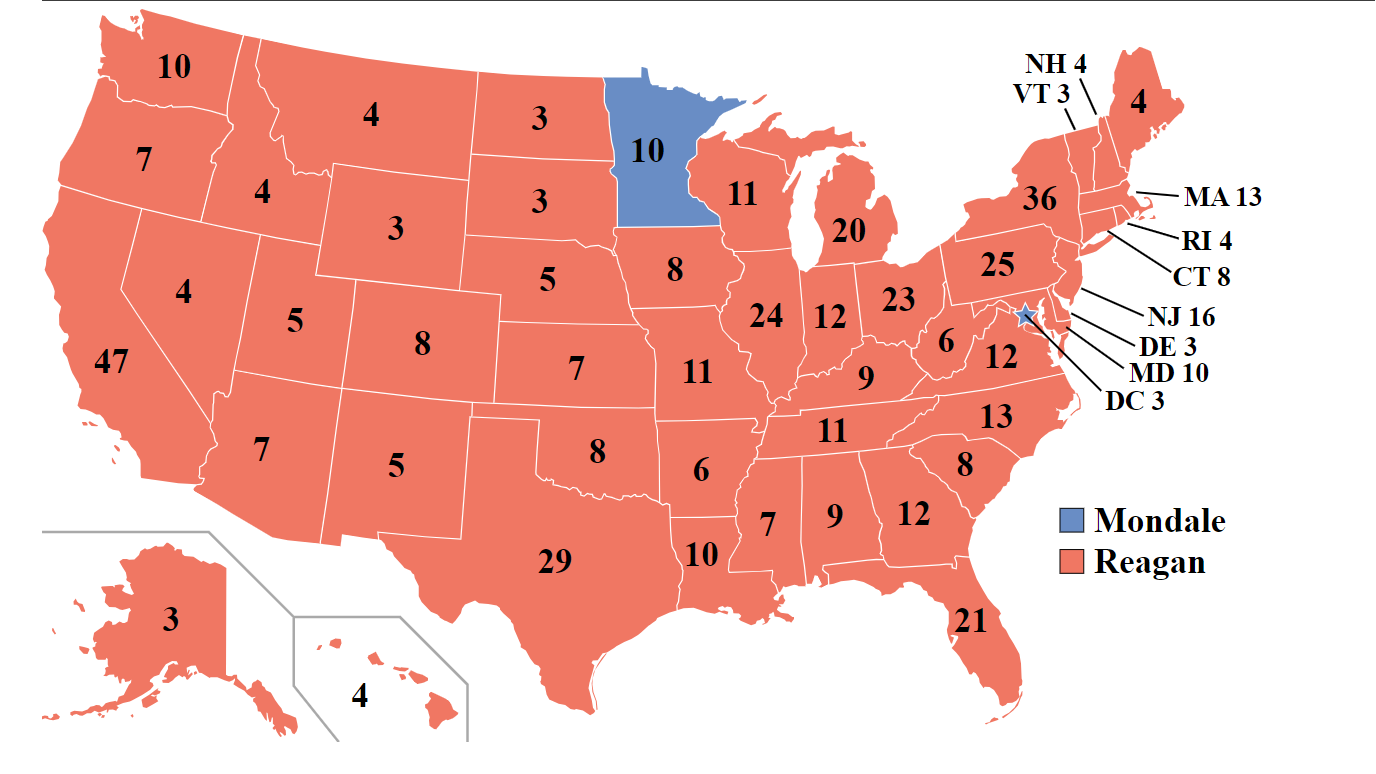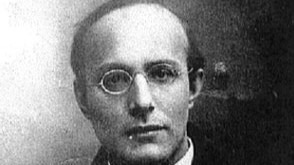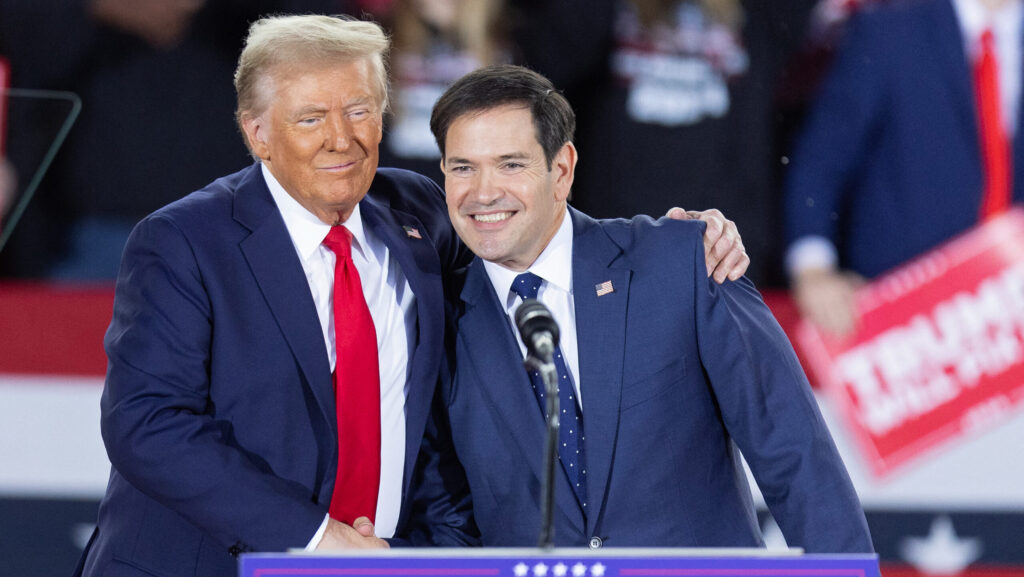The 60th quadrennial presidential election in the United States is in three weeks, less than a month away. As the campaign season is heating up, let’s take a look at the election of 1984, which went down in the history books as one of the greatest electoral landslides in American history.
In 1972 Republican President Richard Nixon was re-elected in a landslide. He carried 49 out of the 50 states, and won 60.7 per cent of the popular vote. The Democrats’ first experiment with embracing the hippie movement and social liberalism did not go well at all. The fact that Senator George McGovern had to replace his original Vice Presidential candidate Thomas Eagleton only a couple of months before the election due to a scandal involving his mental health did not help them either.
So, President Nixon was in for a smooth second term, right? No. First of all, despite his massive victory in the presidential election, the Democrats still maintained control in both houses of Congress. Thus he was quite limited in what he could do in terms of domestic policy changes.
Vice President Spiro Agnew resigned in October 1973 due to a tax evasion scandal. Thankfully, the 22nd Amendment was already in place, giving Congress a new way to pick a new VP. Prior to that, the Vice President’s office was many times left vacant after the death of either the President or the Vice President. House Minority Leader Gerald Ford from Michigan was chosen as Nixon’s new deputy.
But the trouble did not end there for the Republicans—in fact, the worst was just yet to come.
As it turned out, Republican operatives broke into the Democratic Party’s headquarters at the Watergate Hotel in Washington, DC during the 1972 election campaign. President Nixon did not know about the illegal operation at the time, but once he found out, he did everything to try to cover it up. This ultimately led to him becoming the first—and so far only—US President to resign from office on 8 August 1974.
Gerald Ford was sworn in as President, becoming the first and only POTUS in American history not to win an election as either the President or the Vice President.
America’s only unelected President was handily defeated by Georgia governor Jimmy Carter in the 1976 election. However, this unprecedented crisis on the Republican side did not set up the Democrats for a very triumphant time in the White House either.
Instead, President Carter’s time in office was marred by high inflation and the Iranian hostage crisis. In November 1979 a group of Iranian revolutionary college students stormed the American Embassy in Tehran, Iran and took 53 American hostages. Despite several attempts, the Carter administration was not able to get them home.
In the meantime, President Carter lost his re-election bid to Republican Ronald Reagan in the 1980 by a wide margin. On 20 January 1981, the day President Reagan was inaugurated, all American hostages were released and were flown back to the United States. Needless to say, this was quite a successful jumpstart to the Reagan presidency.
President Reagan was a former Hollywood actor. He also served in the US Army and the US Air Force during World War II. However, his role had nothing to do with combat. Rather, he narrated film projects produced by the military for public image purposes. As an Illinois native, he became the Governor of California in 1967. By the time he was sworn in as President, he had not acted in a film or a TV show for 15 years. He was also the oldest President to take office at the time, at the age 69.
'On 20 January 1981, the day President Reagan was inaugurated, all American hostages taken by revolutionaries in Iran were released and were flown back to the United States'
And the resolution of the years-long Iranian hostage during his time as President-elect was not the only thing that went very right for Reagan during his first term. The Reagan tax cuts of 1981, officially called the Economic Recovery Tax Act of 1981, reduced taxes across the board. The highest bracket went from 70 per cent to 50 per cent, the lowest bracket went from 14 per cent to 11 per cent; while the capital gains tax went from 28 per cent to 20 per cent. According to his small government philosophy, President Reagan simultaneously also cut welfare spending. This kicked the American economy back into gear, inflation went down, and GDP growth rose by the end of his first term.
However, the government also increased its deficit in the meantime, due to the high military spending at the tail end of the Cold War.
But the overall picture was clear: the American people loved President Reagan, including many, many Democrats—Reagan was a former Democrat himself.

Former Vice President Walter Mondale had his work cut out for him when he got the Democratic Party’s nomination in 1984. He did try something new: he picked a woman as his running mate, New York Congresswoman Geraldine Ferraro. However, that was not enough to even remotely salvage this presidential election for the Democrats. What probably hurt Mondale the most was that he openly criticized Reagan’s tax cuts and claimed that raising taxes would benefit the economy.
While Reagan was the clear favourite going into the election, not even the most optimistic Republicans and the most pessimistic Democrats could foresee what eventually came.
President Reagan ended up winning all but one of the 50 states. Vice President Mondale only carried his home state of Minnesota, as well as Washington, DC, amounting to just 13 electors. Reagan received 525 electoral votes, the highest number in American history. Presidents George Washington and James Monroe had won all the states before, but there were simply fewer states in the Union, thus fewer electoral votes back then.
President Reagan also performed outstandingly well in the popular vote, winning it by 18 points, 58.8 per cent against Mondale’s 40.6 per cent.
However, despite all that, the Republicans still could not win a majority in the House of Representatives. In fact, the House had not gone for the GOP for 42 years, from 1952 to 1994. As for Mondale, the poor fellow ended up losing a Senate election in Minnesota in 2002, so in the end, even his home state slipped away from him.
Related articles:








